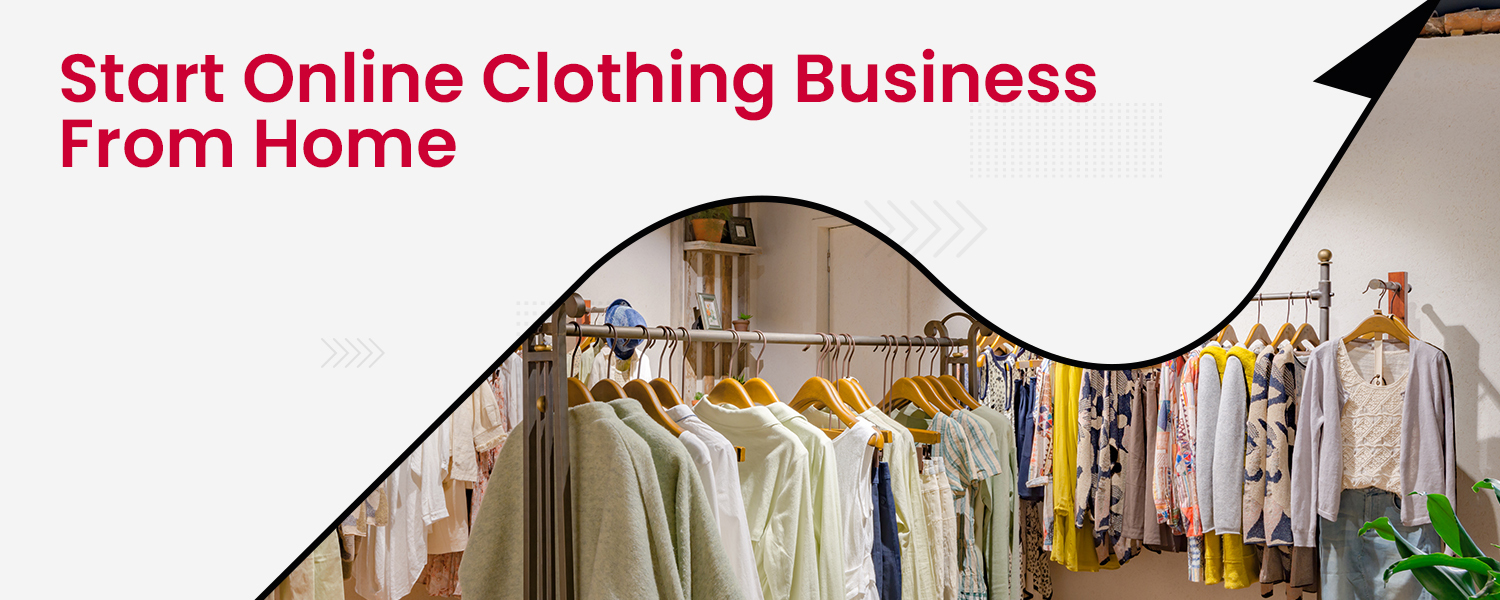The outbreak of Covid-19 turned several industries upside down. As the pandemic created a gap between the sellers and the consumers, the only way to fix the situation for businesses like apparel, F&B, grocery, etc. is to shift them online through an eCommerce store. When it comes to setting up an online clothing store, the apparel industry is a multi-billion industry and is predicted to reach $1 trillion by 2025 which means there’s a lot of growth potential for you. If you are new to the eCommerce industry and want to know how to start a clothing business in India, the following information would be useful to begin the process.
How to start a clothing brand in India – Step by Step
Step 1: Choose A Clothing Niche
Everyone wears clothes, but not the same kind of clothes. So, you need to decide the niche you want to sell clothes in. Instead of trying to sell clothes in every niche for everyone, focus on something that interests you. Don’t get overwhelmed, and be mindful of the following points while considering your options.
- For your clothing business, Be unique to stand above the crowd of eCommerce businesses out there.
- Choose the niche that you’re most excited about. Think of the clothing options you would like to see more in the market.
- Do make sure the niche you choose has the earning potential. You may love handbags, but there are so many brands offering the same already.
Step 2: Set Your Business Plan
Focusing on just selling the items and making money won’t bring you the best business output for long. You need a well-thought-out plan to understand how your business will operate at every level, how much your investment will be, how you can optimize your benefits, and many other aspects, including the following.
- An overview of what your company aims to accomplish in a specific timeline.
- A company description that includes information like products, customer socioeconomic details, and plans to remain competitive in the industry.
- A market analysis that includes the market stats about average sales, number of fellow sellers out there, projected growth rate in the coming years.
- A marketing plan that covers online and offline marketing strategies.
- A plan for how the funding will be acquired and how much it will be.
Here, another important aspect is to know what will your business model be like. Since a clothes business can be done in several ways, you can pick from the four most common choices cited below.
- Custom cut and sew
- Print on demand
- Private label clothing
- Dropshipping
Step 3: Select Your E-commerce Platform
To sell clothes online, it’s important to have an eCommerce platform. There are a number of comprehensive solutions out there that you can use to list items, upload photos, add product descriptions, and use an easy and fast checkout process. Before choosing a platform, do ask yourself some questions like:
- Would you need any support once the website is ready
- What kind of features do you want on your eCommerce platform
- How much can you spend on the website development process
Shopify, Magento, WooCommerce, Prestashop are some of the best channels to make an eCommerce website for your clothing business.
Step 4: Register A Domain Name
You need to find a domain name that’s in line with your business name and your business goals. While the name should be unique, its spelling shouldn’t be complicated to remember for an average person.
Step 5: Customize Your Store
Make sure your website is easy to navigate. Take your time; check out multiple options to find a template that includes as many useful features as possible. A quality template will allow you to customize everything from navigation to product pages for a great brand presence.
Step 6: List Your Products
Once your clothing business website’s framework is created, you can list the products along with updating quality product descriptions to influence the visitors. At this stage, you also need to make sure that the checkout process is smooth. Studies suggest that approx. 21% of consumers can abandon the purchase if the checkout process is too complicated.
Step 7: Marketing
As soon as your online store is up and running, don’t waste months waiting for customers. Instead, spend some amount on the marketing of your products. Initially, you might want to do the marketing of your website on your own, but eventually, you will need a marketing specialist to help you through it. When it comes to marketing, you can try email marketing, social media marketing, content marketing, and other ROI driving practices.
Once you know the ground rules of the industry and work in the right direction, nothing can stop you from making your business a hit. To manage the shipping of your products, set up your free account on NimbusPost, choose a courier partner from 27+ options, and ship across 29000+ pin codes within the country at the lowest rates. The tech-enabled shipping aggregator is the most cost-effective and scaling logistics solution for newly founded, as well as well-established brands.
Additional Reads:




